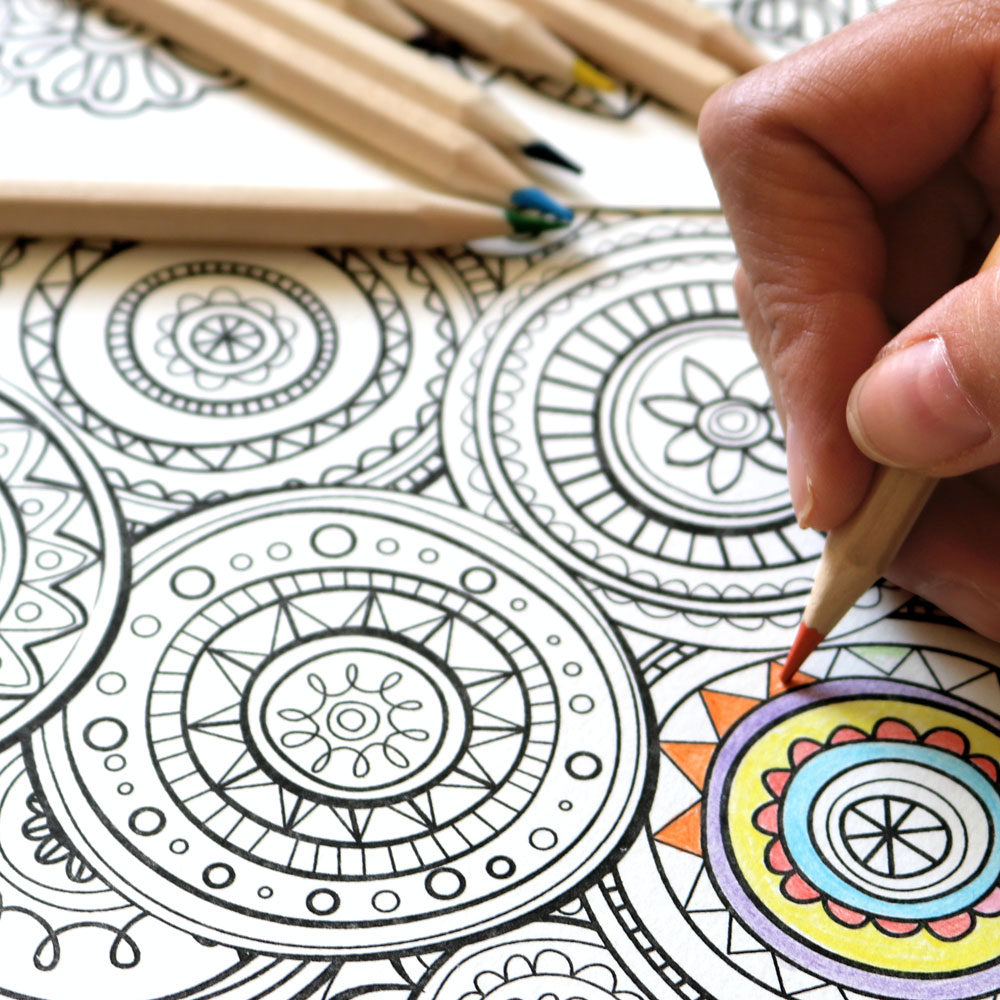
More and more people are embracing the teachings and meditation methods from the Buddhist tradition. Coloring has been shown to greatly help with depression, chronic pain, mindfulness, and meditation, so pairing these two ideas is a natural.
Buddhist art coloring
Book I. Auspicious Symbols and Mythological Motifs from the Tibetan Tradition
Get in touch with the sacred art of Buddhism through creative coloring work. Buddhist art is rich in symbolism and meaning. Taking the time to color and interact with these symbols and motifs is a simple yet profound way to practice mindfulness and approach a greater awareness of one’s essential nature. The drawings in the Buddhist Art Book were hand-painted with a small brush by Robert Peer.
Book 2: The Buddhas, Gods, and Enlightened Masters of the Tibetan Tradition
Artist Robert Peer’s hand-drawn images span centuries of traditions, including spiritual adventurers, rebel saints, and enlightened tantric masters. The detailed artwork is elegant and meaningful – drawing on Buddhist teachings to give each piece greater depth.
Tibetan Buddhists have long considered art a powerful meditative practice, but you don’t have to be a Buddhist to enjoy coloring the fifty illustrations here. These illustrations come from talented artist Tashi Dargyal, a Tibetan Tangka master based in Sonoma, California. Previously, he was the artist-in-residence at Jhangtse Khang, a branch of Ganden Monastery in Dharamsala, India.
Since his arrival in the United States in 2010, he has taught and exhibited in many museums and galleries.
Although Tashi’s primary focus during 2018 has been the massive, two-story ceremonial secondary he is creating at his Tibetan Gallery and Studio.
His art graces the pages of this stunning meditation coloring book with 50 illustrations drawn from his gallery work.
This book contains Zen-inspired illustrations with Buddha quotes and calming phrases for stress relief and relaxation
Buddhist mandalas
26 designs for coloring and meditation. While mandalas have traditionally been considered highly complex maps of the universe, this book has been designed to be relevant for today’s Western practitioners, incorporating the most accessible and relevant Buddhist symbols and imagery.




